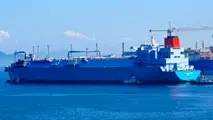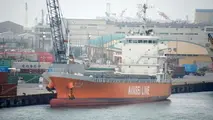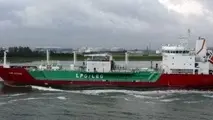MOL uses algorithm to improve collision avoidance
MOL announced that MOL Techno-Trade, the National Maritime Research Institute (NMRI), and Tokyo University of Marine Science and Technology (TUMSAT) carried out an assessment and feasibility study on advanced navigation support systems, using the NMRI-owned ship handling risk simulator.

MOL announced that MOL Techno-Trade, the National Maritime Research Institute (NMRI), and Tokyo University of Marine Science and Technology (TUMSAT) carried out an assessment and feasibility study on advanced navigation support systems, using the NMRI-owned ship handling risk simulator.
On watch-keeping, mariners must be able to see an object and judge if it poses a risk. If it does, the vessel must take some action to avoid the risk, such as veering, slow steaming, and so on. The "Obstacle Zone by Target" (OZT) algorithm supports mariners' ability to spot objects and determine whether they are potential risks.
Conventional collision avoidance is a highly skilled process. By using the navigation support system incorporating OZT, the vessel collision avoidance algorithm, a vessel can find an area where it can navigate safely. In addition, the system's bridge view display enables mariners to determine the positions of nearby vessels and decide which ones present risks.
MOL is currently researching augmented reality (AR) technology, which overlaps displays of information from the Automatic Identification System (AIS) and radar, camera images from the bridge, and advanced navigation support systems, with the long-range goal of autonomous sailing and automatic collision prevention utilizing OZT.
The company has also advanced with better support of safe operation and reduction of its environmental impact, as set out in the ISHIN NEXT-MOL SMART SHIP PROJECT. This project started in November 2016, and aims to leverage the knowledge and know-how gained through the development process for various ship types, with the adoption of Internet of Things (IoT) to enhance safe operation and reduce vessels' environmental impact.



